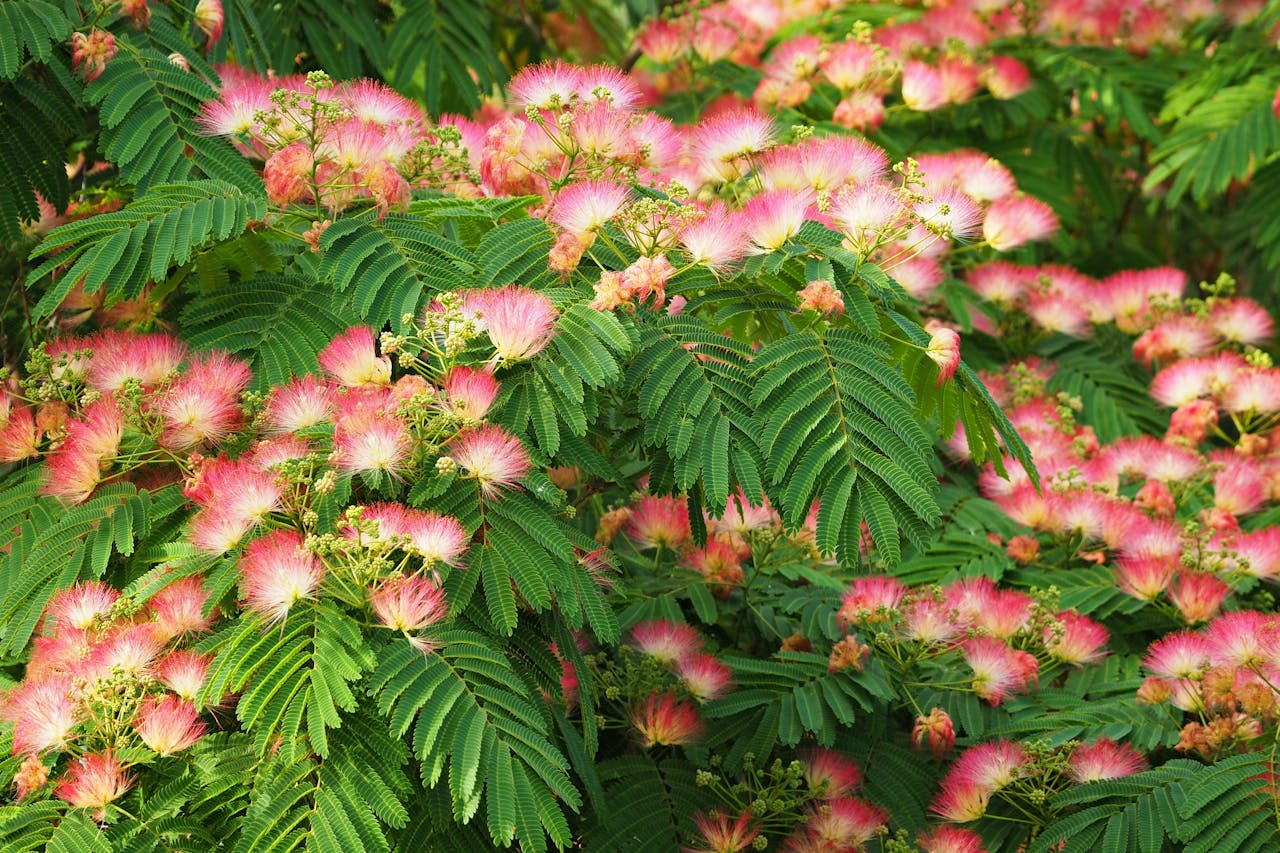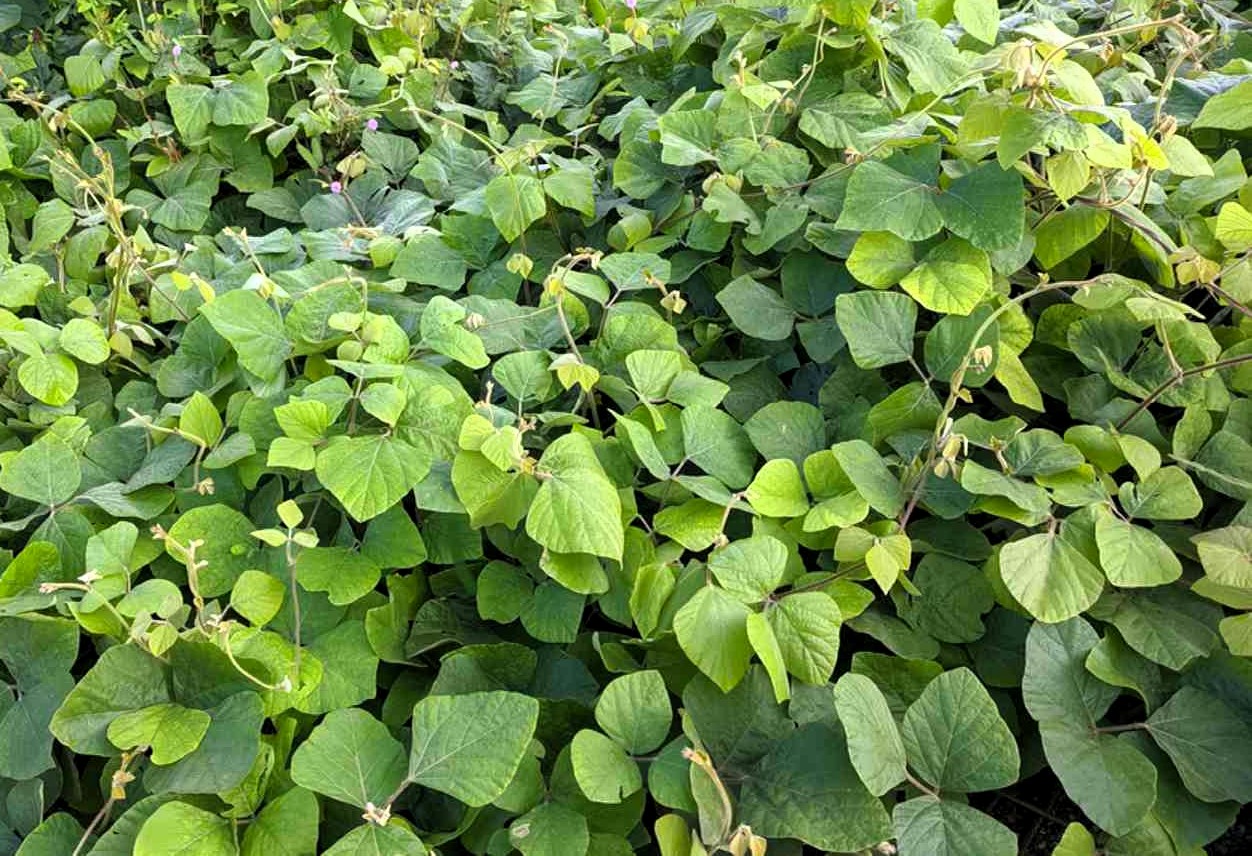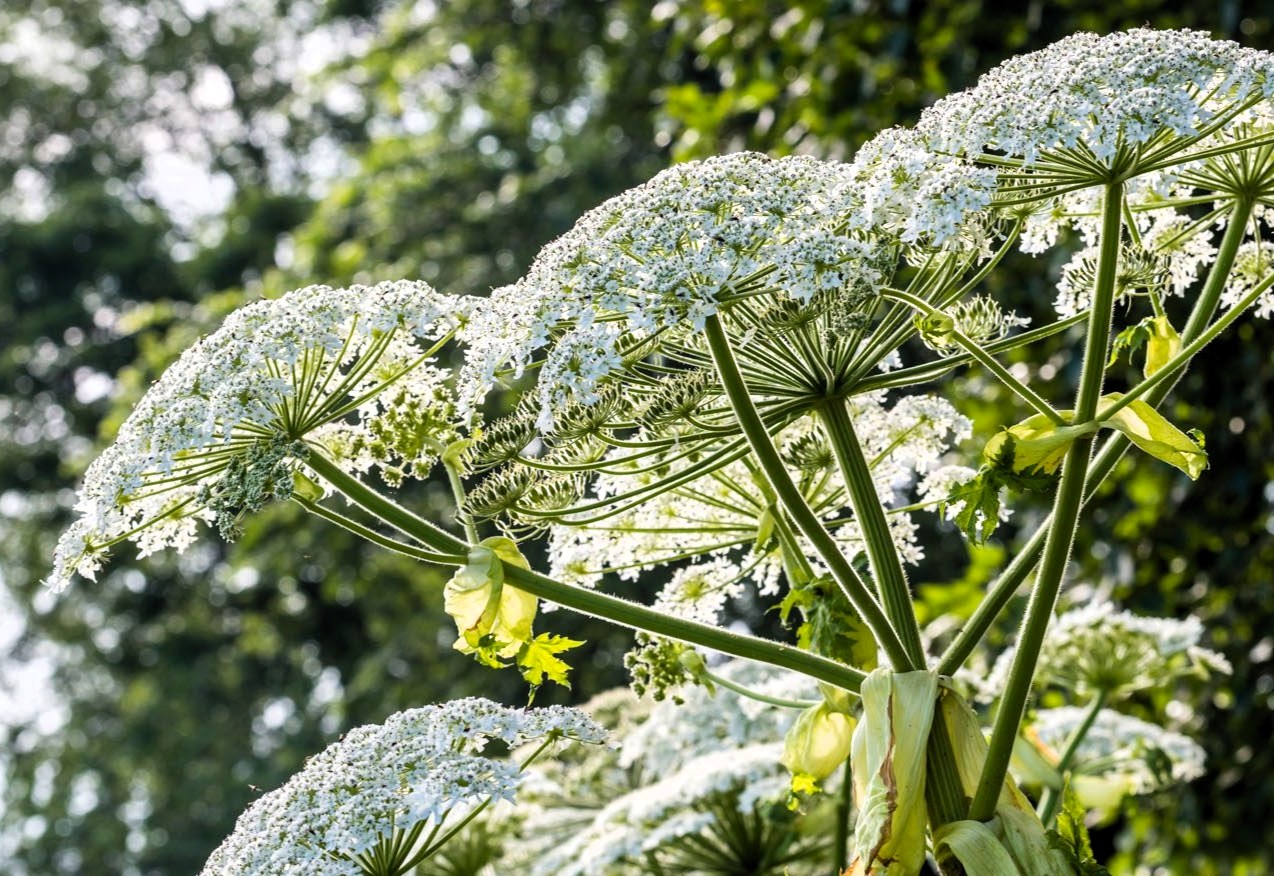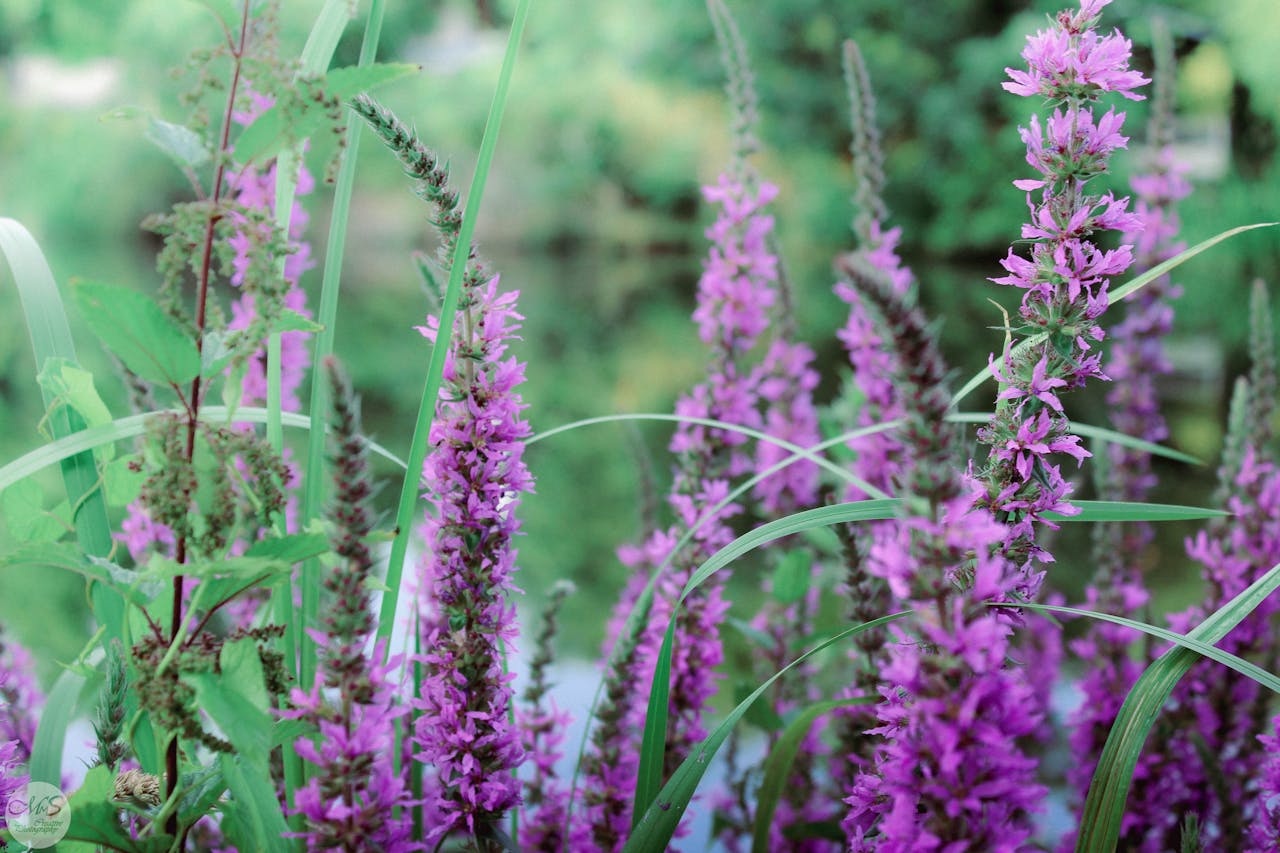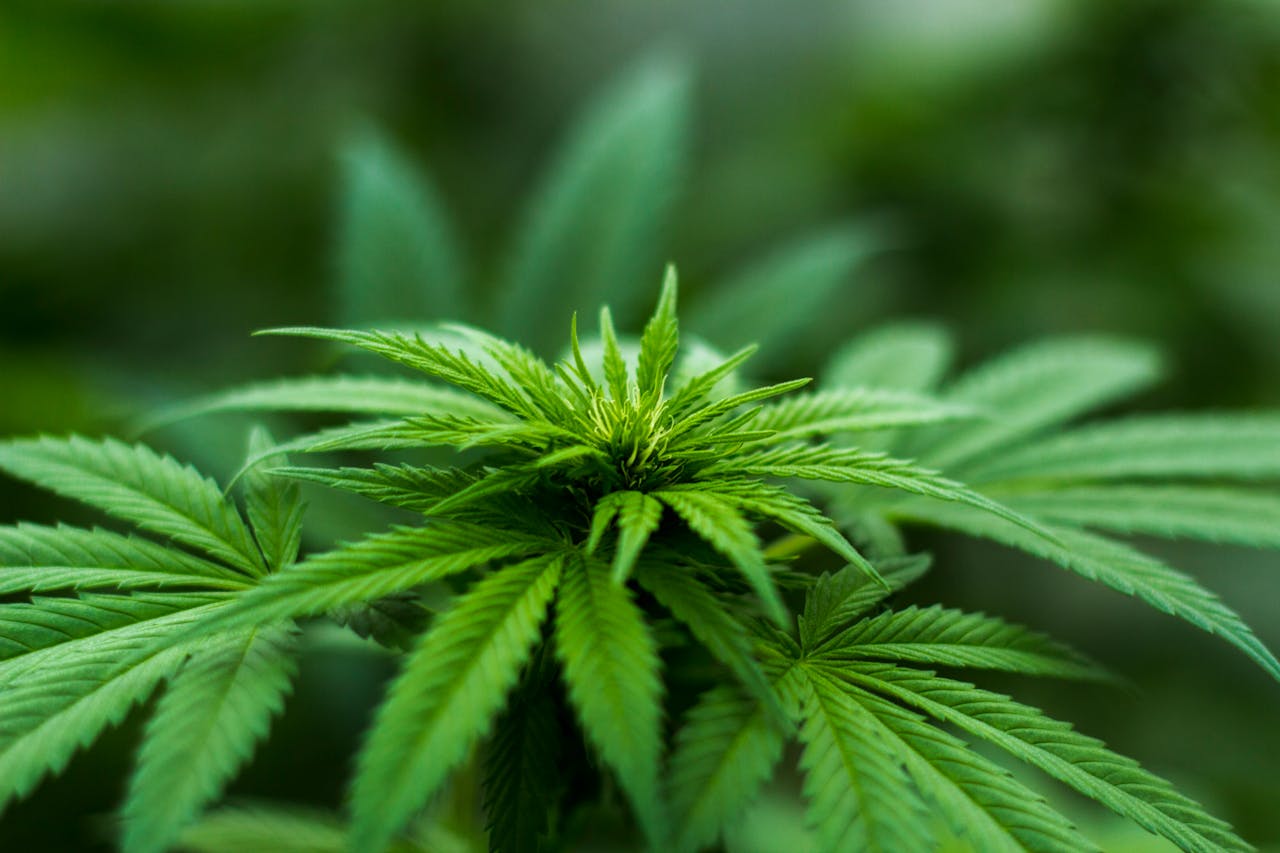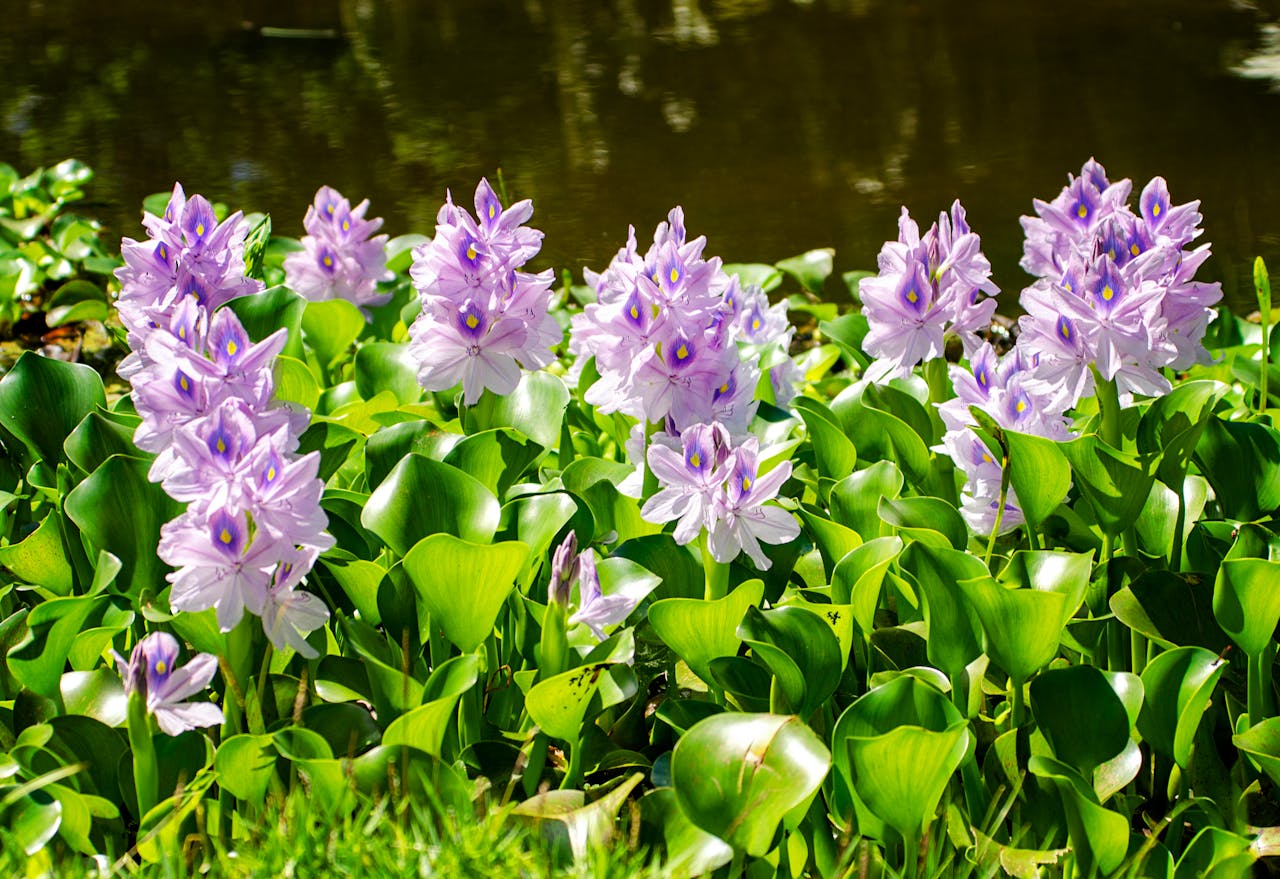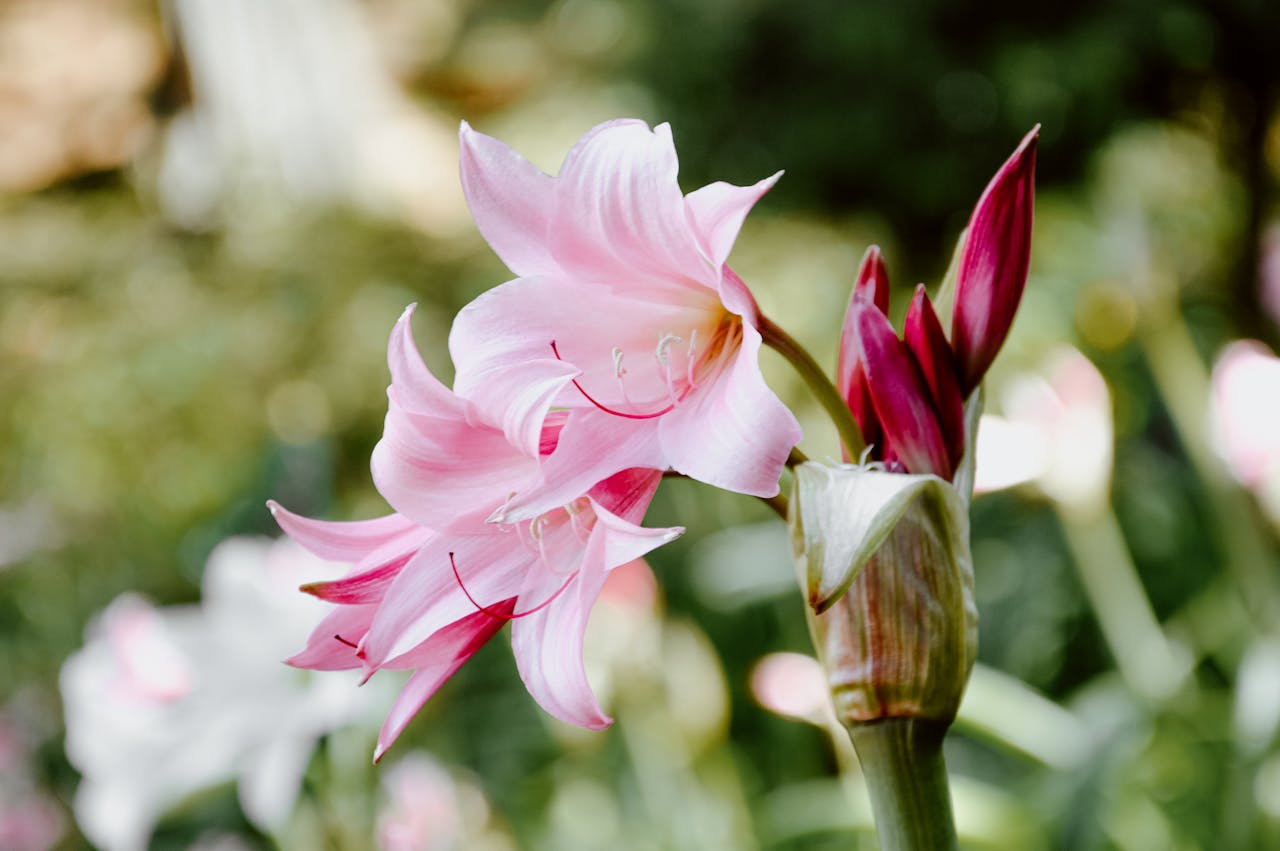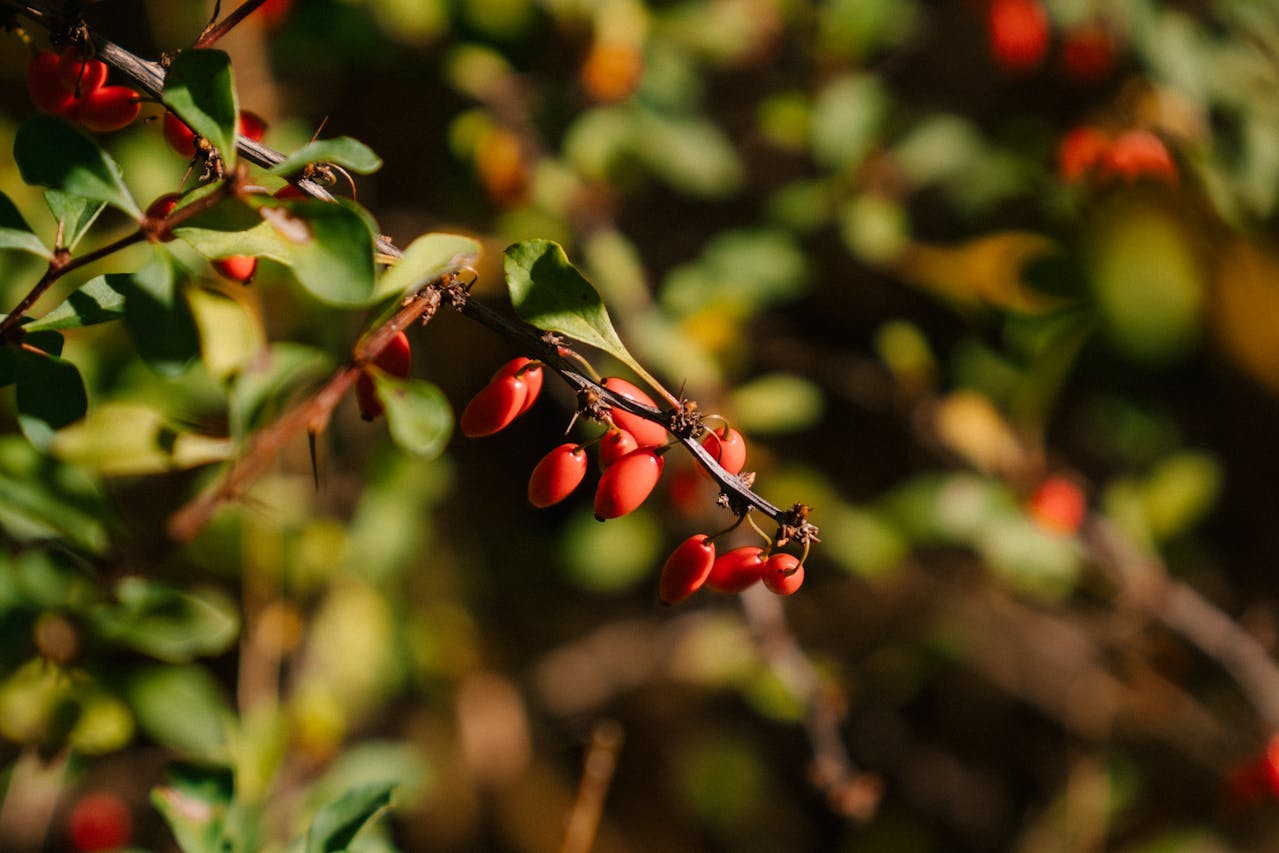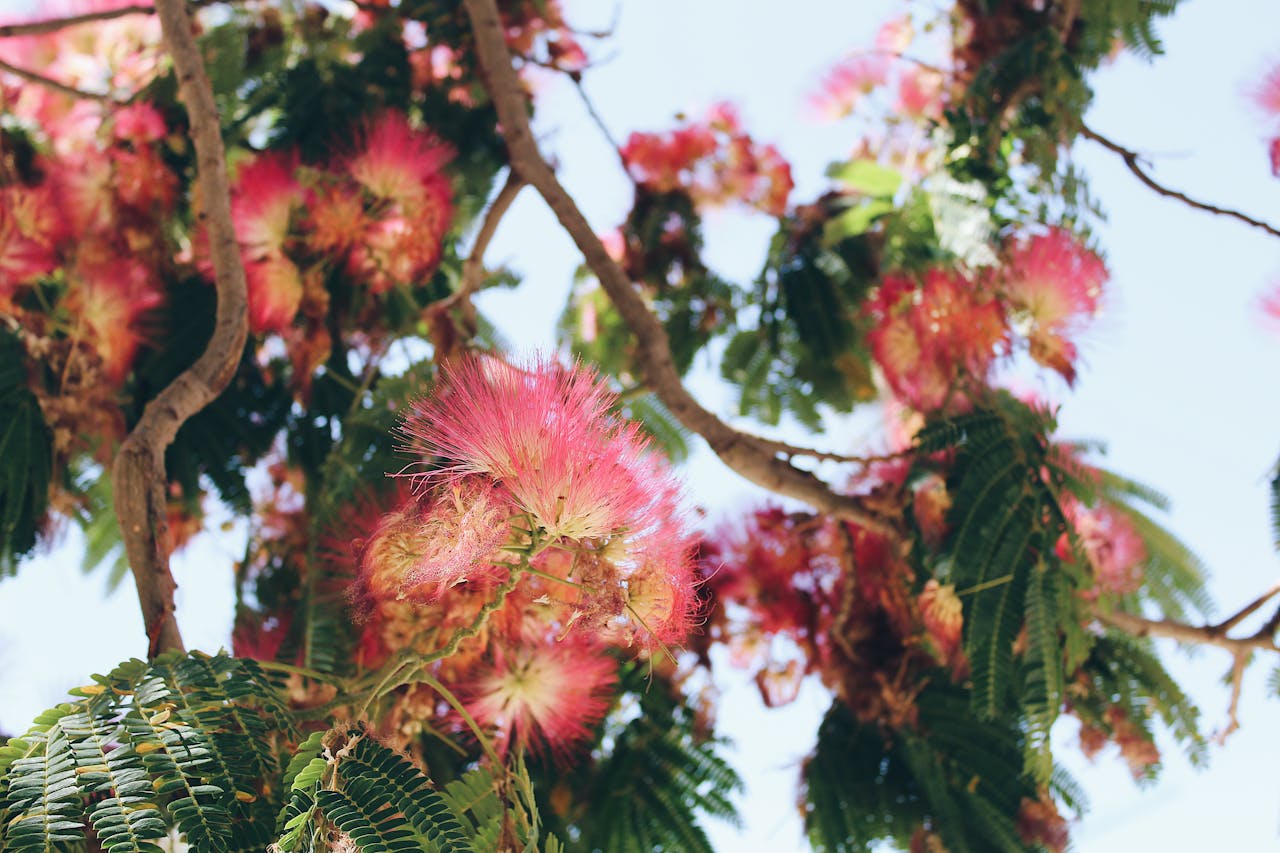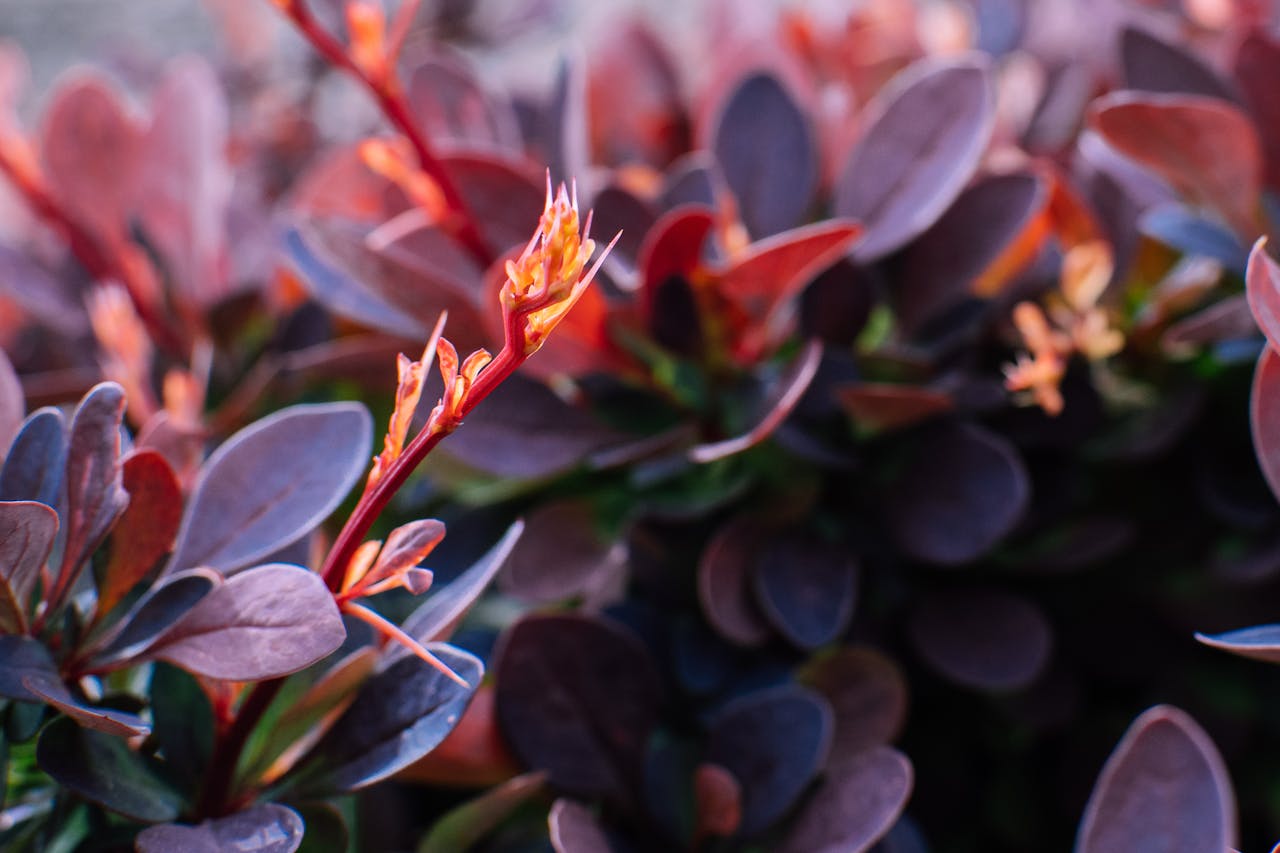When planning your backyard garden, it is important to know that not every plant is allowed. Some plants, while visually appealing or unique, are banned due to their invasive nature, potential harm to local ecosystems, or risks to human and animal health. Growing these plants can lead to fines or even legal trouble. Here are eight common plants that you might not realize are illegal to grow in your backyard in the United States.
1. Kudzu (Pueraria montana)
Kudzu, often called “the vine that ate the South,” is infamous for its rapid growth and invasive tendencies. Originally introduced to the United States for erosion control, it quickly became a problem by smothering native vegetation and overtaking entire landscapes. Many states, including Florida and Texas, have outlawed planting kudzu due to its ability to spread aggressively and cause ecological harm. If you are looking for a ground cover, consider native options like creeping phlox or Virginia creeper, which are both safe and visually appealing.
2. Giant Hogweed (Heracleum mantegazzianum)
Giant hogweed is a striking plant with tall stems and umbrella-like clusters of white flowers, but it poses serious risks. Its sap can cause severe burns, blisters, and even permanent scarring when exposed to sunlight. Classified as a noxious weed in states like New York and Washington, growing giant hogweed is illegal due to the danger it poses to human health. For a safer alternative with a similar look, try growing cow parsnip or angelica, which are both native and non-harmful.
3. Purple Loosestrife (Lythrum salicaria)
Purple loosestrife is known for its vibrant purple flowers, but its beauty masks the damage it causes to wetlands. This invasive species displaces native plants, disrupts wildlife habitats, and alters water flow. Many states, including Minnesota and Illinois, have banned purple loosestrife because of its destructive impact on aquatic ecosystems. If you are drawn to its vibrant color, consider planting native wildflowers like blazing star or bee balm, which are beneficial for pollinators and safe for the environment.
4. Cannabis (Cannabis sativa)
Cannabis laws vary across the United States, but growing it in your backyard remains illegal in many states unless you have specific authorization, such as a medical exemption or license. Even in states where recreational cannabis is legal, strict regulations often govern its cultivation. Violating these laws can result in fines or legal action. If you are interested in growing plants with medicinal properties, consider legal options like lavender, chamomile, or echinacea, which are easy to grow and completely permissible.
5. Water Hyacinth (Eichhornia crassipes)
Water hyacinth is a floating aquatic plant with lovely lavender flowers, but it is one of the most invasive species in the world. In states like Florida and Texas, it is illegal to grow or transport water hyacinth because it clogs waterways, outcompetes native plants, and harms aquatic life. If you have a backyard pond or water feature, choose native aquatic plants like pickerelweed or water lilies. These options are beautiful and help maintain a balanced ecosystem without causing legal or environmental problems.
6. Belladonna (Atropa belladonna)
Also known as deadly nightshade, belladonna is a highly toxic plant with a long history in folklore and medicine. Its berries, leaves, and roots contain potent toxins that can cause severe illness or death in humans and animals. Belladonna is banned in several states due to its dangerous nature. For gardeners who want dramatic, dark foliage or flowers, consider planting black-eyed Susans or purple coneflowers. These options are safe, visually striking, and easy to maintain.
7. Japanese Barberry (Berberis thunbergii)
Japanese barberry is a popular ornamental shrub known for its vibrant foliage, but it is banned in states like Massachusetts and New York. This plant creates dense thickets that crowd out native species and provide a habitat for ticks, increasing the risk of Lyme disease. If you are looking for a shrub that adds visual interest, consider native options like winterberry or ninebark. These alternatives offer similar beauty without harming the environment or posing health risks.
8. Mimosa Tree (Albizia julibrissin)
The mimosa tree is admired for its delicate, fern-like leaves and fragrant pink flowers, but it is an invasive species in many parts of the United States. It spreads aggressively, outcompeting native trees and shrubs, and is illegal to plant in states like Florida. If you want a flowering tree for your backyard, consider native options like dogwood or redbud. These trees are stunning, eco-friendly, and support local wildlife.
Final Thoughts
While it can be tempting to fill your backyard with exotic or unusual plants, it is important to understand the laws and ecological impact of your choices. Many plants are illegal to grow for good reasons—they threaten native ecosystems, pose significant health risks, or cause widespread environmental damage.
By choosing native or non-invasive alternatives, you can create a garden that is both beautiful and environmentally responsible. Always check your state’s regulations before planting, and remember that a responsible gardener enhances not only their backyard but also the surrounding environment. With careful planning, you can enjoy a thriving, legal, and eco-friendly garden.

